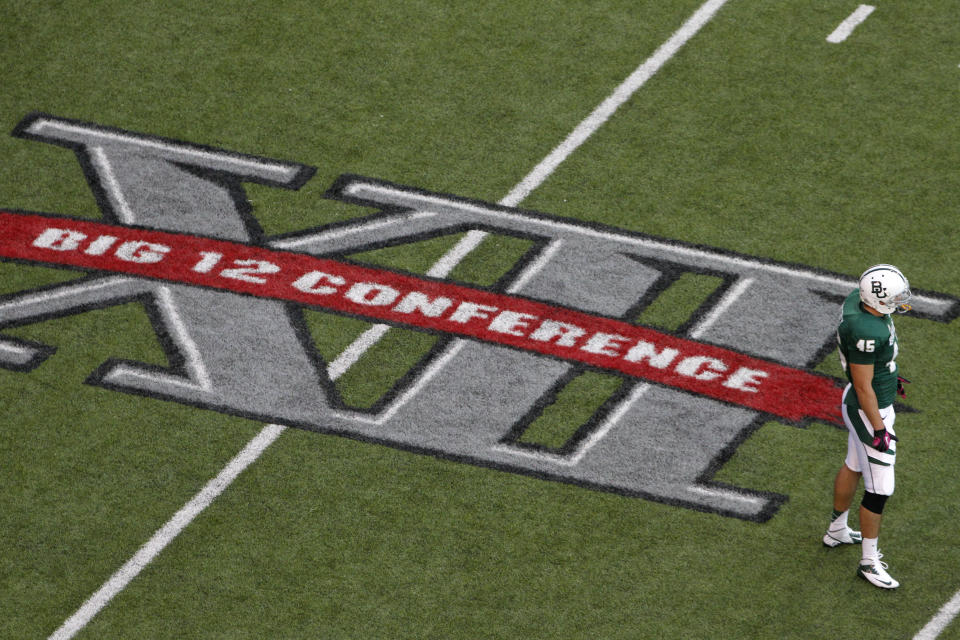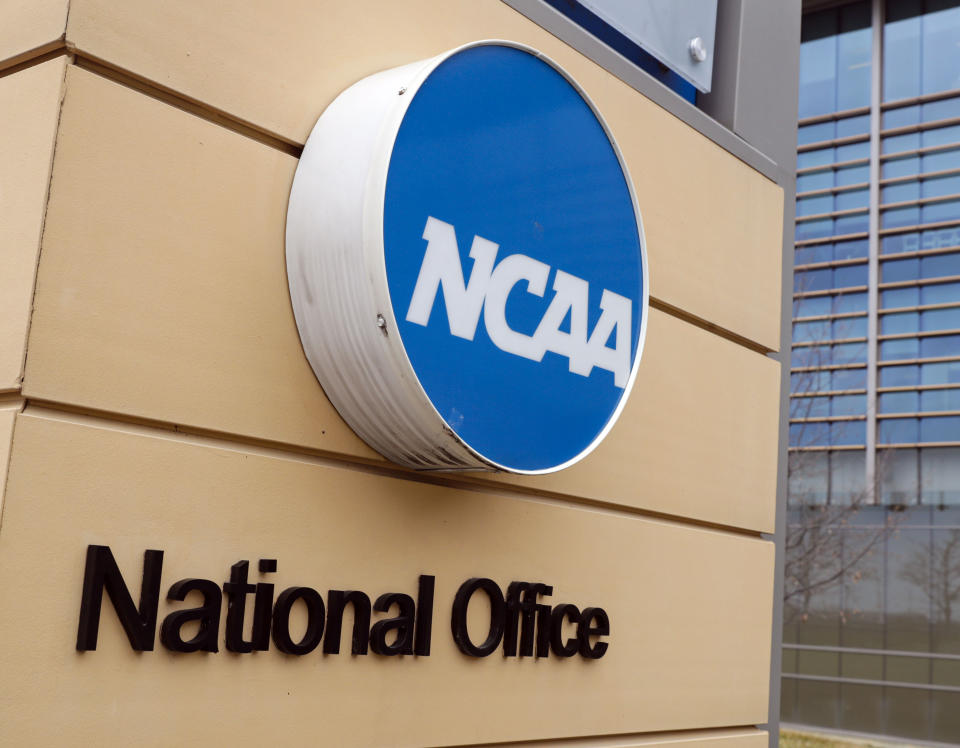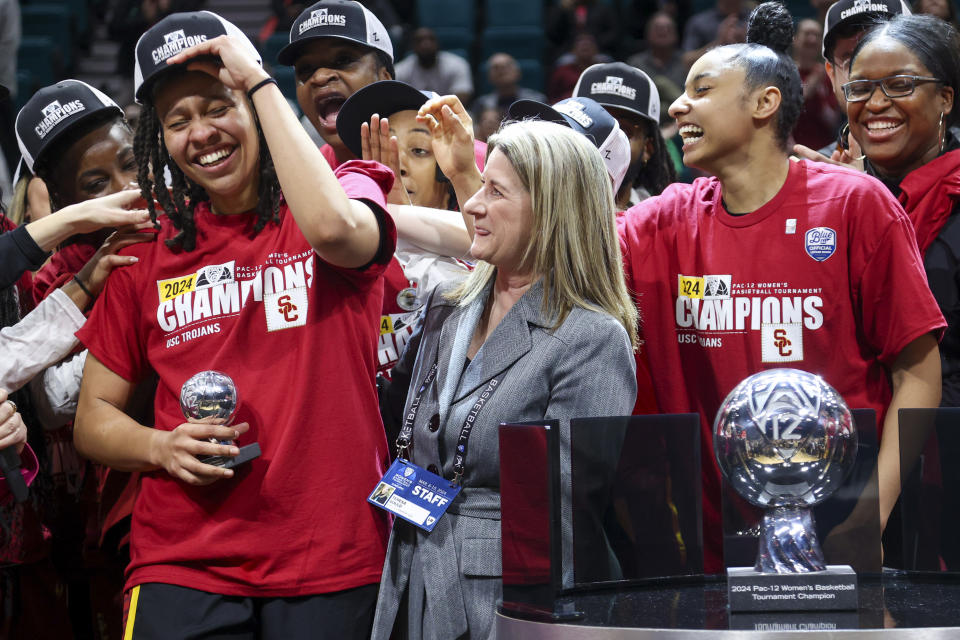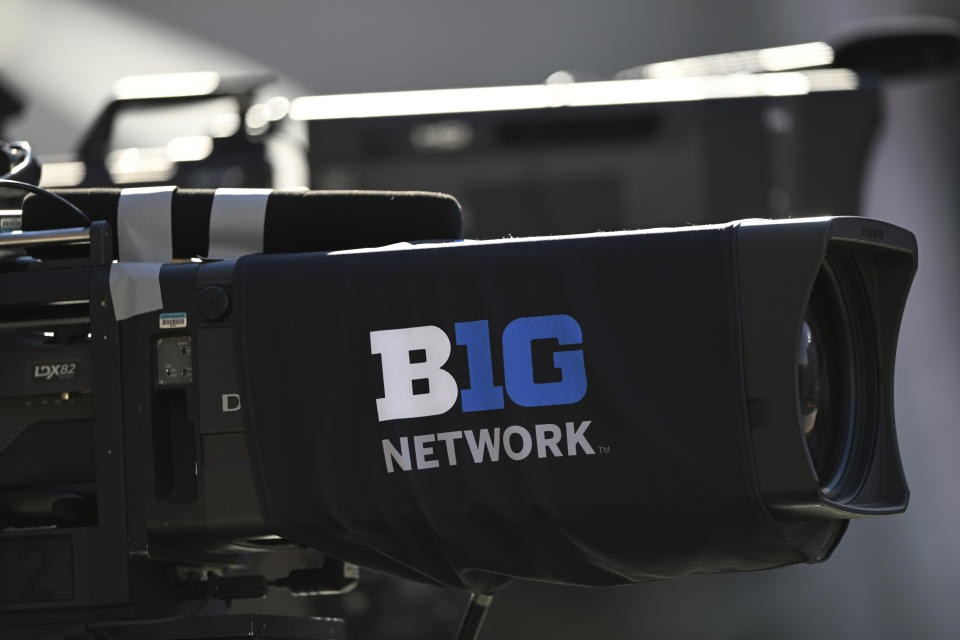With revenue sharing coming to college sports, are NIL collectives a problem or part of a solution?
When the NCAA lifted its longtime ban on college athletes earning endorsement money in 2021, there was no such thing as collectives.
Now the booster-funded organizations have become ubiquitous, and a common way for athletes to cash in as name, image and likeness compensation quickly evolved into a stand-in for salary — much to the chagrin of many in college sports.
With revenue-sharing with college athletes on the horizon as part of a $2.8 billion antitrust settlement proposal agreed to Thursday by the NCAA and the nation's biggest conferences, the future of collectives seems uncertain even though the duties they perform are about to become more important.
“One of the key functions of a collective is properly managing payroll for a sport. And that skill set that’s been developed is now going to be required for every single (power conference) school,” said Blake Lawrence, whose company Opendorse works with dozens of schools and more than 40 collectives on NIL activities.
“Will schools hire key members of their collective, the ones responsible for managing and moving money, negotiating with parents and players, and move that internally?" he added. "Or would schools hire the collective as their NIL agency, and shift some of their risk away from the school into the third-party to manage the distribution of those NIL payments?”
The revenue-sharing model proposed in the settlement — which still needs approval from a federal judge — and agreed to by the NCAA, Big Ten, Big 12, Pac-12, Atlantic Coast and Southeastern conferences would allow schools to direct up to 22% of the average power league school's annual revenue to athletes. That comes out to about about $21 million per year, and would rise as revenues rise over the 10-year agreement.
In a letter to Division I members obtained by The Associated Press on Friday, NCAA President Charlie Baker estimated $1 billion to $1.5 billion in revenue would go to athletes annually in the proposed model.
The 22% cap has already drawn scrutiny from those who have been advocating for athlete rights. In major professional sports leagues, the split between players and teams is around 50-50.
“Our expert said in a world without (NCAA) rules, the athletes would get 10% of broadcast revenues. We're settling for 22%, so we’re settling double NIL value. And one could say that component is pay-for-play,” said Steve Berman, one of the lead attorneys for the plaintiffs in House v. the NCAA, the case at the center of the settlement.
Berman said if scholarships and other current benefits to athletes are included on top of the new shared revenue, schools would be spending about 45% of athletic revenue on their athletes.
Pay-for-play remains a touchy term for those in college sports, especially as it relates to NIL and collectives.
In lieu of a model that pays athletes their market value, NIL filled that void. NCAA rule changes intended to allow athletes to cash in on their fame by promoting and sponsoring companies and brands led to high-profile athletes making hundreds of thousands of dollars through deals with collectives for some personal appearances and community service.
The NCAA is trying to implement new rules to encourage schools to bring NIL activities in-house, allowing athletic departments to be more involved in setting up deals for their athletes. The NCAA has also passed NIL legislation it hopes brings more transparency and accountability, including disclosure rules for deals above $600 and the creation of a deal database to help establish fair market value.
“I will say that we’ve heard from some of the collectives and their reaction was, ‘Thank you. We’re getting out of the collective business,’” Berman said.
If revenue sharing is intended to supplant NIL-as-salary, some college administrators worry that collective payments will become a way to circumvent that 22% cap. Can the NCAA regulate that? Probably not without the help of federal legislation.
NIL enforcement is currently on hold after attorneys general in Tennessee and Virginia sued the NCAA, challenging rules that ban recruiting inducements and pay-for-play.
“Overall, I believe this agreement demonstrates the urgent need for Congress to act and give the more than half a million student-athletes across the country a path to continue using athletics to get an education and develop life skills for their future,” Sen. Ted Cruz (R-Texas) said in a statement Friday.
James Clawson of the Spyre Sports, which operates The Vol Collective for Tennessee athletes — and has drawn scrutiny from the NCAA — said revenue-sharing dollars spread among all athletes will still leave top football players underpaid.
“Until there is a model where the player are paid more fairly on the revenue they generate, there's always going to be a need for a collective to supplement what athletic departments can do,” Clawson said.
Russell White, who leads The Collective Association, said college sports leaders would be best served working with collectives instead of trying to drive them out of business.
“The universities that align with their collectives in whatever way that is ... I think the ones who do that the quickest, from a real place of partnership, will see a huge benefit,” White said.
___
Follow Ralph D. Russo at https://twitter.com/ralphDrussoAP
___
AP college football: https://apnews.com/hub/college-football

 Yahoo Sport
Yahoo Sport 






































































